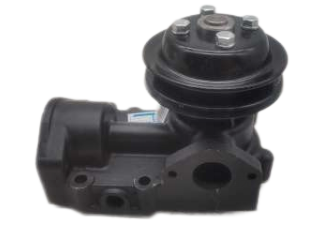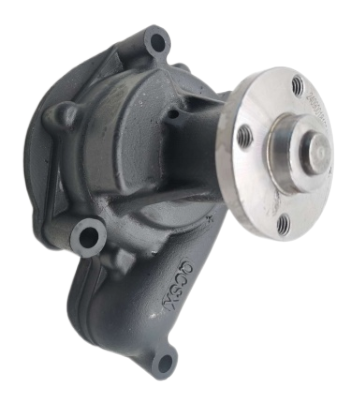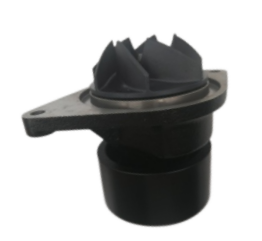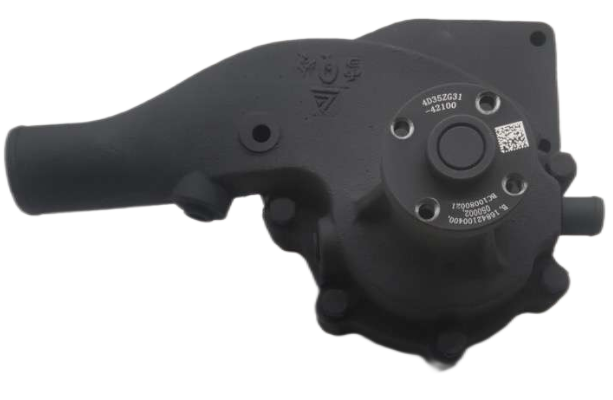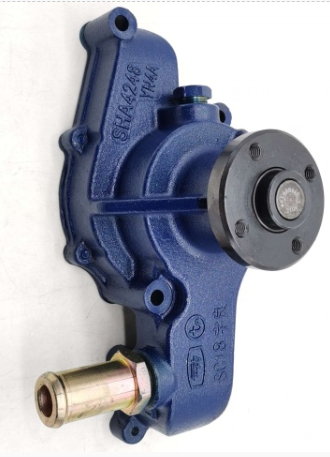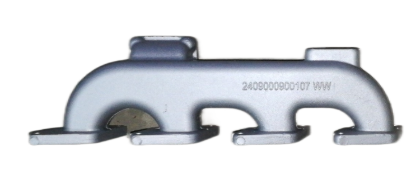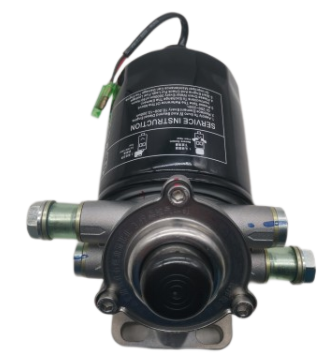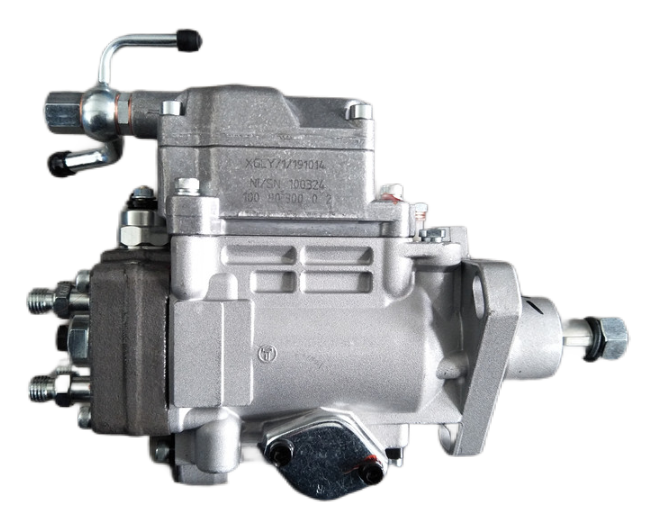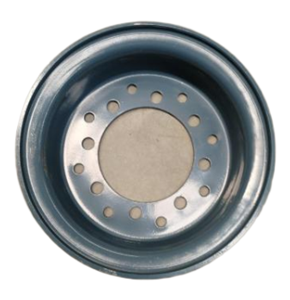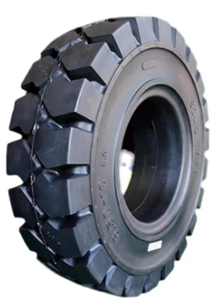Engine Water Pump

The engine drives the pump bearing and impeller through the belt pulley. The coolant in the pump is driven by the impeller to rotate together. Under the action of centrifugal force, it is thrown to the edge of the pump shell, and a certain amount of pressure is generated, and then flowing out of the outlet or pipe. The pressure in the center of the impeller is reduced due to the throwing of the coolant. The coolant in the tank is sucked into the impeller through the water pipe under the difference between the inlet of the pump and the center of the impeller to realize the reciprocating circulation of the coolant.
The water pump is generally driven by the crankshaft of the engine through the V-band. The transmission belt surrounds the crankshaft wheel and the water pump belt wheel. As soon as the crankshaft turns, the water pump shaft runs, and the water pump shaft drives the impeller to rotate, so as to convert mechanical energy into hydraulic energy.
The impeller is the core of the work of the pump. The movement of the impeller itself is very simple, just rotating with the shaft. However, due to the action of the blade, the movement of the liquid in the impeller is very complicated; on the one hand, it is involved with the rotation of the impeller, and on the other hand, it is constantly thrown out of the rotating impeller under the driving of the blade, that is, the movement of the impeller.


